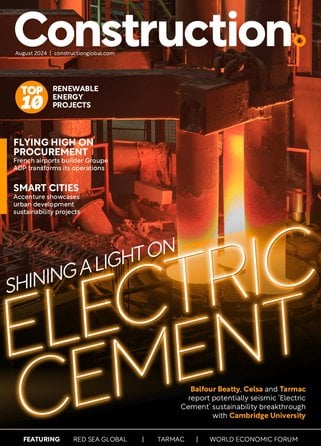Recycling waste from construction projects

With the increased need for the construction of sustainable buildings alongside the rise of smart cities and sophisticated technologies, the construction industry has become increasingly focused on recycling waste products from construction projects more effectively, in order to provide builds which have long-term advantages, and can provide increased energy efficiency.
We take a look at how construction companies can recycle and reduce waste from construction projects more efficiently, therefore reducing CO2 emissions and cost within their works.
1. Deconstruct buildings instead of demolishing them
Recycling old brick is limited when buildings are demolished, at which utilising current brickwork becomes increasingly accessible through deconstruction.
However, when buildings are demolished there is increased accessibility to recycled glass, which can then be crushed to provide further materials for building work, such as insulation.
2. Implement recycled materials into new builds
Materials, such as brick can be utilised for concrete and aggregate materials; in addition to rubble and wood which can be implemented in new builds. Appliances and fixtures can be taken out of old builds and recycled. Wood can be used for energy, sawdust or chipping, whilst metals can be used for various products.
This increased use of recycled materials will reduce the cost of new materials and transport for further materials to be provided.
3. Reduce waste by building to standard measurements when possible
Building to standard size measurements and not over-ordering products will increase the chances for materials to be reused in further projects, minimising the level of waste.
4. Provide suitable storage areas for recycled materials
Ensuring there is a specified area for recycled materials to be stored separately which is also weather proofed will reduce potential contamination and damage to materials.
5. Ensure all hazardous waste is sent to a facility that can handle such products
it is imperative that companies are aware of how to discard of materials safely, with products such as plasterboard releasing toxic fumes through demolition, or electrical products.
Follow @ConstructionGL
Read the October 2016 issue of Construction Global magazine



